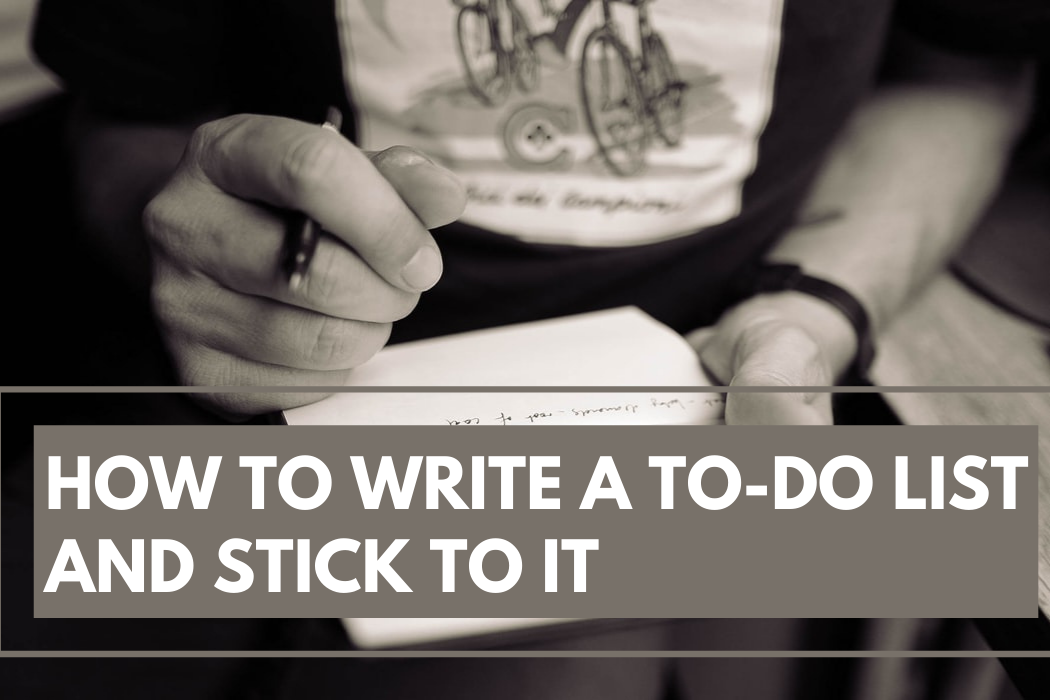The hustle-culture of today has made to-do lists popular. Every person uses them to keep track of the tasks they need to accomplish during the day. No matter what age you are and what you need your to-do lists for, the basic idea remains the same:
- Write a list of items you hope to accomplish during the day. You can do this the first thing in the morning or before sleeping on the previous night.
- When you get to each task, check them off your list.
These lists are a great way to achieve all that you want to without feeling lost, losing track of your most important task, and without burning out. But if you’re a complete beginner to this art of scheduling your tasks, how to go about it in a way that you can write a to-do list for yourself without feeling overwhelmed?
This post discusses everything you need to know about writing your to-do list and actually sticking to it.
1. Look at the bigger picture
While writing a to-do list, we often get carried away and start overplanning our day. You might end up writing more tasks than you can achieve. This might fill you with self-loathing and even less motivation to complete them than before.
To avoid such a thing from happening, look at the bigger picture. Work out your priorities and only write the most urgent things you can’t postpone. Keep your other commitments in mind, and don’t bite off more than you can chew.
2. Add a structure to your lists
Your list will make less sense to you if it’s all jumbled up. For example, having a task like “walk 8000 steps” might make zero sense when placed next to something like, “write 10 pages of the Sociology assignment.”
When you write your to-do list, place similar tasks together. For example, if you plan to study and work and both of these activities can be completed at the same place, club them together and write them next to each other. Activities like “repair my phone” and “buy groceries for the kitchen” can be clubbed together as you’ll need to step out of the house to achieve them.
Having a structured and well-planned to-do list is much better than having a piece of paper jumbled with random tasks you have no motivation to complete.
3. Don’t bite off more than you can chew
Don’t get over-ambitious and plan more tasks than you can possibly achieve. Keep your to-do list to a manageable size and only fit in the tasks you’ll have time for.
Also, you might have some non-negotiables like working out, which need to be considered, even if you don’t include them in the to-do list because you’re so habituated to them don’t need a tracker to record your weekly progress.
4. Be specific
As they say, “The devil is in the details.” Add as many details of the tasks as possible and be as specific as you can get.
Something like “Study” doesn’t make much sense as you can study for ten pages and read through 50+ pages, but both would deserve the same spot on your to-do list. Instead, write something like “Complete Psychology assignment” so you can be sure that you have accomplished the task and there’s no room for ambiguity.
5. Get an accountability partner
When you have someone to hold you accountable and keep track of your progress, the journey towards being a regular writer and follower of to-do lists becomes easier and less tedious. You can hire an accountability coach to help you get back on track if you ever fall off the wagon. You can also download a habit tracker to mark the days on the calendar when you managed to stick to your habit of writing a to-do list daily.
